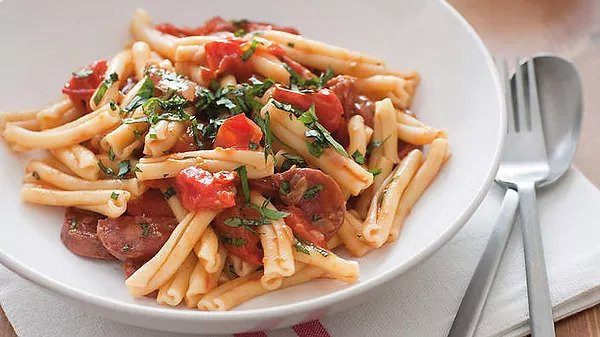Salami FAQs for Curious Food Lovers
Whether you’re a certified salami connoisseur or just starting to explore the world of salami, we answer some of the most burning questions about the best-selling cured meat in the world.
Is salami cooked or raw meat?
Neither. Salami is cured and dried, which is an entirely separate thing. Since it’s cured and dried before being packaged and is safe for consumption, we cannot refer to it as raw.
Can I eat salami raw (straight from the package)?
Yes, salami is designed to be eaten straight from the package. It’s perfectly safe to consume salami without any additional thermal treatment.
Is sausage the same as salami?
No, salami and sausage aren’t the same. Salami refers to dry-cured meat products, while sausages are generally raw and must be cooked before consumption.
Are salami and pepperoni the same thing?
Pepperoni is a type of spicy salami. Not all salami can replace pepperoni if it’s the spice you’re after.
Do you cook salami?
Salami doesn’t require cooking to be safe for consumption, but it can be cooked when used as an ingredient in other dishes.
Does salami need to be refrigerated?
Not necessarily. But it’ll go a long way towards preserving the flavor and avoiding spoilage.
What’s the white stuff inside salami?
If you’re talking about the white dots throughout the salami, then it’s just fat. But if you’re referring to the white powdery substance on the outer casing of the salami, then it’s mold. But don’t worry! It’s a good kind of mold, one of the penicillin species
Can you freeze salami?
Yes, technically, you can freeze salami to prolong its shelf life. However, it’s decidedly not the best storing method. Freezing will pull out water from salami, and the diminished moisture levels will cause the flavor and texture quality to decline faster.
How can you tell if salami is bad?
The most obvious clues are changes in the way it looks. Changes in the texture are another obvious sign and change in smell is another important indicator.





